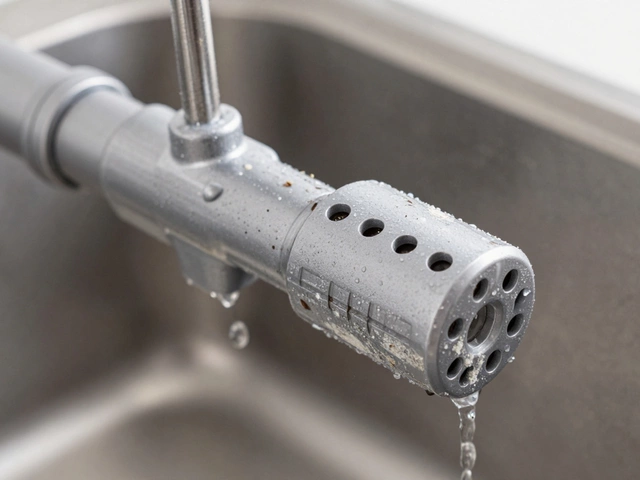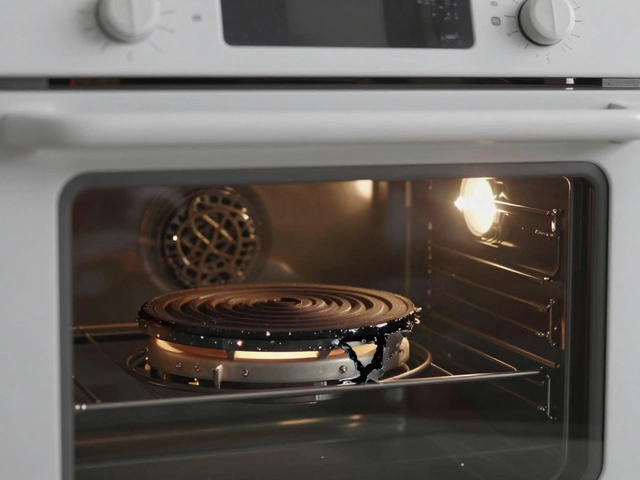Moisture Problems in the Home: What You Need to Know
When dealing with Moisture Problems, unwanted water or humidity that can damage appliances and structures. Also known as humidity issues, they often arise from hidden leaks, condensation, or faulty components. Understanding the root causes helps you act fast before mold, rust, or higher energy bills set in.
One of the biggest allies in tackling these issues is Appliance Repair, the service that restores faulty machines to proper operation. Whether it’s a fridge that’s sweating or a dryer that won’t dry, having a skilled technician can stop moisture from spreading. Moisture Problems encompass appliance condensation, which means the water you see isn’t just a nuisance—it’s a symptom of a deeper fault.
Common Sources of Moisture
First, Water Heater Issues, problems like a leaking tank or a broken valve often cause damp patches near sinks or under cabinets. When a heater leaks, the water seeps into surrounding wood, leading to rot and a musty smell. Second, Freezer Condensation, frost build‑up that melts and drips inside the unit can flood the floor if the defrost cycle fails. Third, a Boiler Leakage, tiny cracks or corroded joints in the system releases moisture into radiators and pipework, raising humidity levels throughout the house.
These sources are linked: a leaking water heater raises indoor humidity, which in turn can cause freezer frost to thicken faster. Likewise, boiler leaks often create damp spots that encourage mold growth near the kitchen or bathroom. Recognizing that Moisture Problems require timely repair saves you from costly remodels later on.
Practical steps start with a quick visual check. Look for puddles under appliances, feel for cold spots on walls, and listen for dripping sounds after the heater shuts off. If you spot condensation on the freezer’s interior, it may indicate a blocked drain or a faulty door seal. For boilers, feel the pipe joints for wetness—any water pooling around the base suggests a leak that needs a professional’s eye.
Once you’ve identified the culprit, the next move is to address it before it spreads. A cracked water heater tank usually means replacement, but tightening a loose valve can stop a leak instantly. Freezer frost issues often resolve with a manual defrost and a check of the evaporator fan. Boiler problems may need a certified gas safe engineer to replace seals or re‑pressurize the system.
Beyond repairs, preventative habits keep moisture at bay. Keep the area around appliances dry, wipe up spills immediately, and ensure proper ventilation—especially in laundry rooms and kitchens. Regular service checks for boilers and water heaters can catch tiny drips before they become major headaches.
Below you’ll find a curated list of articles that dive deeper into each of these topics. From diagnosing a leaky boiler to fixing freezer ice-maker failures, the guides give you step‑by‑step advice, cost breakdowns, and when to call a pro. Explore the collection to arm yourself with the knowledge you need to banish moisture problems from your home for good.
Abandoning the use of an extractor fan can lead to a host of indoor air problems, including moisture build-up and unpleasant odors. This article delves into the reasons why using an extractor fan is crucial for maintaining a healthy living environment. Learn how poor air circulation can affect your home's structural integrity and your family's well-being. Discover practical tips on maintaining your extractor fan for long-lasting efficiency. Explore everything from airflow basics to troubleshooting common issues.


